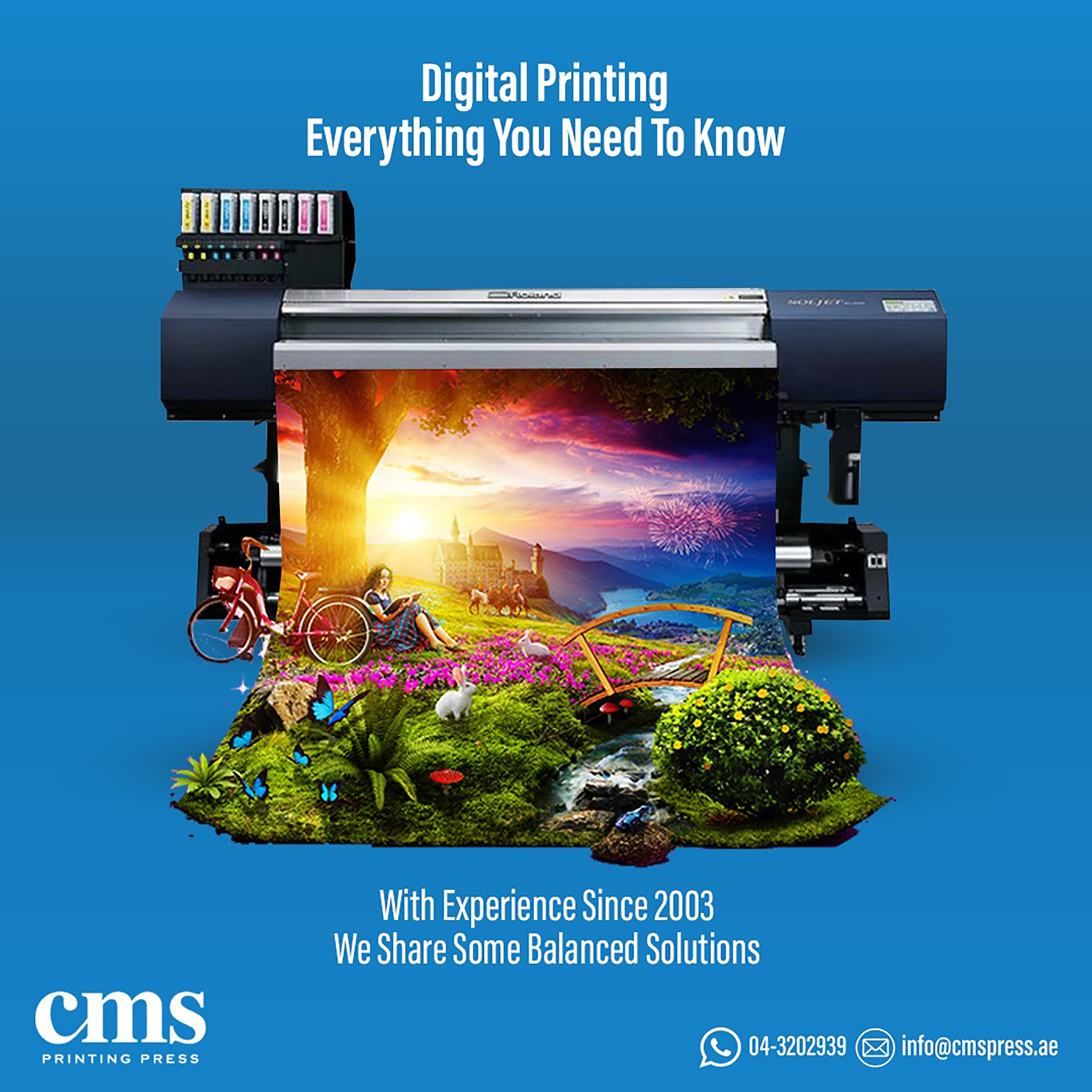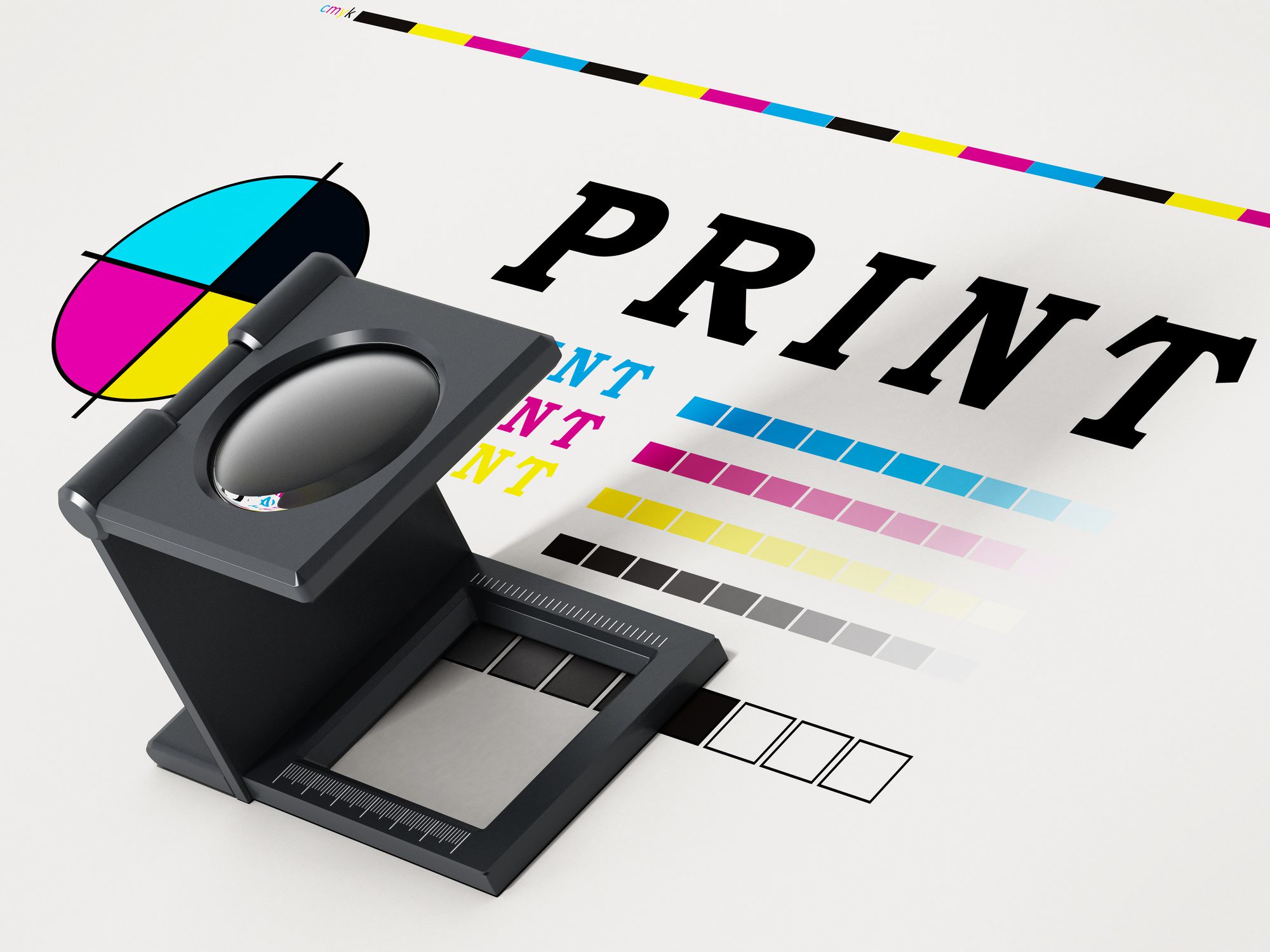Understand how to expand your side hustle using a print on demand approach.
Understand how to expand your side hustle using a print on demand approach.
Blog Article
Understanding Exactly How Digital Printing Transforms the Printing Sector
The printing industry, long soaked in typical approaches, is undergoing an extreme improvement with the introduction of digital printing. This ingenious innovation, which shuns the requirement for printing plates, makes it possible for rapid production and personalization, reshaping the landscape of print interaction. With its potential to spur involvement via customized material and to provide sustainable remedies, it's clear that electronic printing is even more than a technical innovation; it's an essential game changer. Just how specifically does it transform the sector? Let's explore.
The Development of Digital Printing: A Short Summary
Because its inception, electronic printing has undergone substantial makeovers, continuously reinventing the printing market. Its evolution began with the advancement of xerography in the mid-20th century, a procedure which prepared for printer. With the arrival of the 90s, electronic printing innovation began to grow, and the market saw the introduction of straight imaging presses, which got rid of the requirement for publishing plates. As the brand-new millennium unfolded, improvements in innovation better stimulated the growth of electronic printing, resulting in the production of high-speed inkjet printers. These gadgets offered premium high quality and speed, forever changing the landscape of the sector. Today, digital printing stands as a testimony to human advancement, constantly advancing to fulfill the ever-changing requirements of the modern globe.

Unpacking the Modern Technology Behind Digital Printing
Exploring the ins and outs of electronic printing technology, one runs into a rich tapestry of advanced equipment and complex formulas. At the heart of this procedure lies an electronic picture, which is refined by software application that divides it right into a grid of dots. These dots are after that exchanged a digital code. This code is interpreted by the printer, which utilizes it to precisely transfer droplets of ink onto the substratum. The beads are so little and specific that they produce an image that is basically identical from the initial. This intricate system, boosted by advanced software application and high-resolution imaging, has actually changed the landscape of the printing industry, leading the way for unmatched degrees of information and accuracy.

The Advantages of Digital Printing for Companies
Recognizing the modern technology behind electronic printing offers a clear picture of its precision and information. Electronic printing is ecologically friendly, making use of much less ink and generating less waste. The full potential of electronic printing is recognized when utilized for customization and customization, a subject that will be covered in depth in the following section.
The Role of Digital Printing in Modification and Personalization
While typical printing techniques battle with modification and personalization, digital printing excels in these locations. It enables the easy change of styles, without the need for pricey and lengthy read the article plate changes (print on demand). This makes it possible for organizations to tailor products to private customers, conference particular needs and boosting customer satisfaction
Digital printing additionally permits for variable data printing, where components such as message, graphics, and try this site pictures may be changed from one published piece to the following, without slowing down the printing process. This is especially helpful for direct marketing projects, where individualized messaging can dramatically improve action prices. By doing this, electronic printing not only revolutionizes the printing market but additionally transforms the means businesses interact with their consumers.
Analysing the Ecological Impact of Digital Printing
Although electronic printing has actually been admired for its role in modification and personalization, it is critical to analyze its environmental impact. Digital printing can be less wasteful than typical techniques, since it operates a 'print on need' basis, removing the demand for big print runs that can result in surplus and waste. Furthermore, it uses fewer chemicals and produces less volatile natural substances (VOCs) compared to balance out printing. The power usage of electronic printers can be high, leading to boosted carbon impact. The use of non-recyclable printing components and the obstacle of e-waste monitoring position substantial environmental worries. As a result, while have a peek at this site digital printing has many benefits, its ecological impact must be diligently managed.
Conclusion
In conclusion, electronic printing has actually transformed the printing market, offering rapid, cost-efficient, and top notch services. It promotes customization, enhancing client interaction, and employs a sustainable print-on-demand model. As this modern technology continues to advance, its effect on business communication, customer fulfillment, and environmental sustainability comes to be significantly extensive. Recognizing these modifications is important for organizations to leverage the advantages of electronic printing effectively.
Report this page